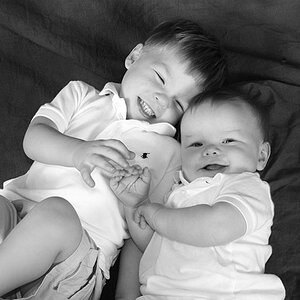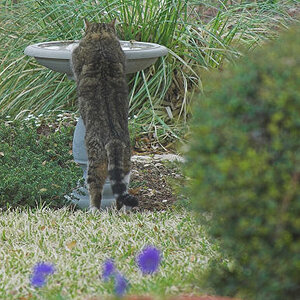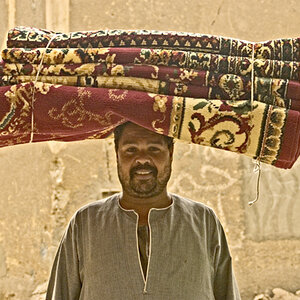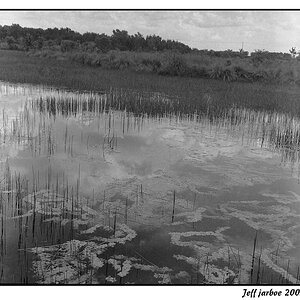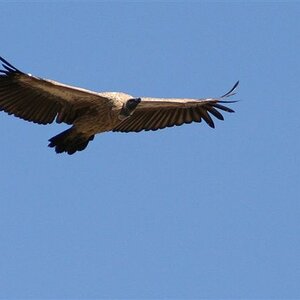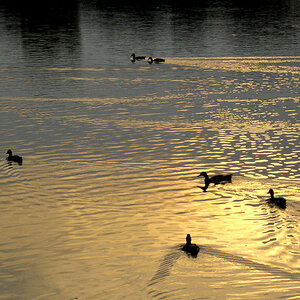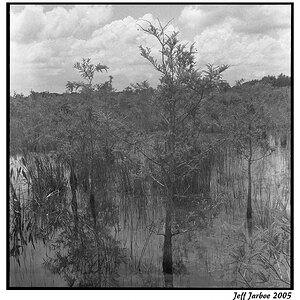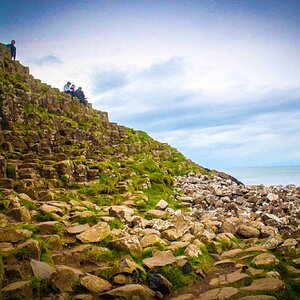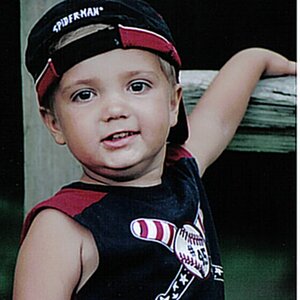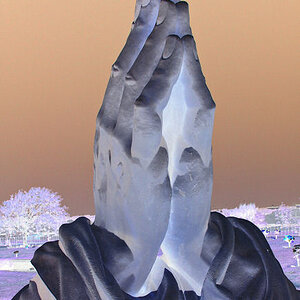This is probably a dumb question but...I just got a hoya r72 filter, and tried to do a few shots tonight in my apartment. I have an aquarium with 500w of light over it, and it barely shows up with a 2 minute exposure. I tried a shot in my kitchen for 3 minutes and it looks totally black. I'm assuming that this filter is only going to work in the bright daylight? 
Any tips for shooting with this filter??
Any tips for shooting with this filter??


